מַחֲזוֹר לְראֹשׁ הַשָׁנָה Majzor leRosh Hashanah (1976) is the first edition of a bilingual Hebrew-Spanish nusaḥ Sefaradi Rosh haShanah prayerbook compiled and translated by Rabbi Meir Matsliaḥ Melamed (1920-1989). Rabbi Melamed had in 1971 been installed at the pulpit of the Cuban Sephardic Hebrew Congregation, after having served previously in Rio de Janeiro, Brazil where his 1966 Hebrew-Portuguese siddur Tefilat Masliaḥ was first published. For both prayerbooks, as no Hebrew type with vocalization and cantillation marks was available to Rabbi Melamed, liturgy was reproduced from images of older siddurim. Rabbi Melamed’s translation appears to the sides of these images and his commentary underneath.

This work is in the Public Domain as it was published in the United States within 30 days of having been published in a foreign country. Additionally, the work is in the Public Domain for not having been registered with the US Copyright Office, a required condition for works published before 1 January 1978.
Source (Spanish) Translation (English)
Rosh Hashaná, día del año nuevo, y Yom Kipur, día del perdón, son las fiestas austeras, (Yamin Noraim), del calendario hebreo. No hay en ellas evocaiones históricas como es el caso en Pesaj, Shavuot y Sucot, ni recuerdos e la vida agrícola de Erez Yisrael. Son festidades puramente religiosas, destinadas a poner al individuo frente al tribunal del juez Supremo, Dios, y de su propia conciencia. Los sentimientos que prevalecen en Rosh Hashaná y Yom Kipur son la seriedad, la reverencia y la austeridad, en contraste con las demás Fiestas Biblicas, celebradas con alegría y júbilo. La Penitencia, La Oración y la Caridad, hacen anular, particularmente en estos días, las sentencias severas en contra de nosotros.
BARUJ ATA ADONAY, ELOHENU MELEJ HAOLAM, ASHER KIDESHANU BEMITZVOTAV, VETZIVANU LEHADLIK NER SHEL (SHABBAT VE) YOM TOV.
BARUJ ATA ADONAY, ELOHENU MELEJ HAOLAM, SHEEJEYANU VEKIYEMANU VEHIGUIANU LAZEMAN HAZE.
BARUCH ATA ADONAI, ELOHENU MELECHE HAOLAM, ASHER KIDESHANU BEMITZVOTAV, VETZIVANU LEHADLIK NER SHEL (SHABBAT VE) YOM TOV.
BARUJ ATA ADONAY, ELOHENU MELEJ HAOLAM, SHEEJEYANU VEKIYEMANU VEHIGUIANU LAZEMAN HAZE.

“📖 מַחֲזוֹר לְראֹשׁ הַשָׁנָה (מנהג הספרדים) | Majzor leRosh haShanah (Libro de Oraciones para el Año Nuevo Hebreo), a bilingual Hebrew-Spanish maḥzor compiled and translated by Rabbi Meir Matsliaḥ Melamed (1976)” is shared through the Open Siddur Project with a Creative Commons Attribution-ShareAlike 4.0 International copyleft license.
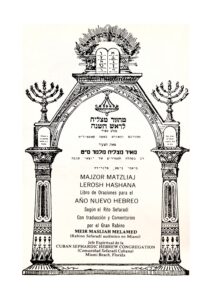
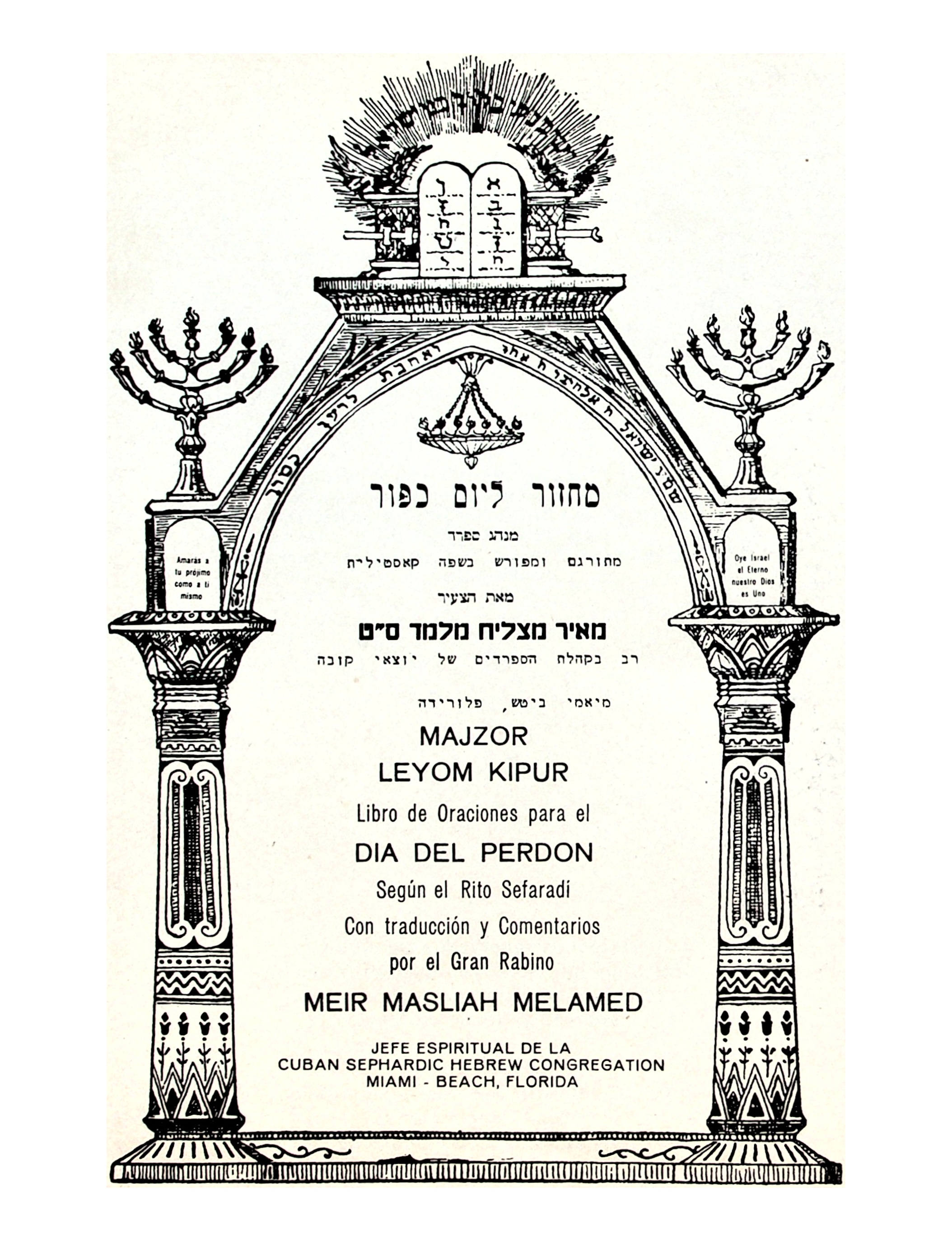
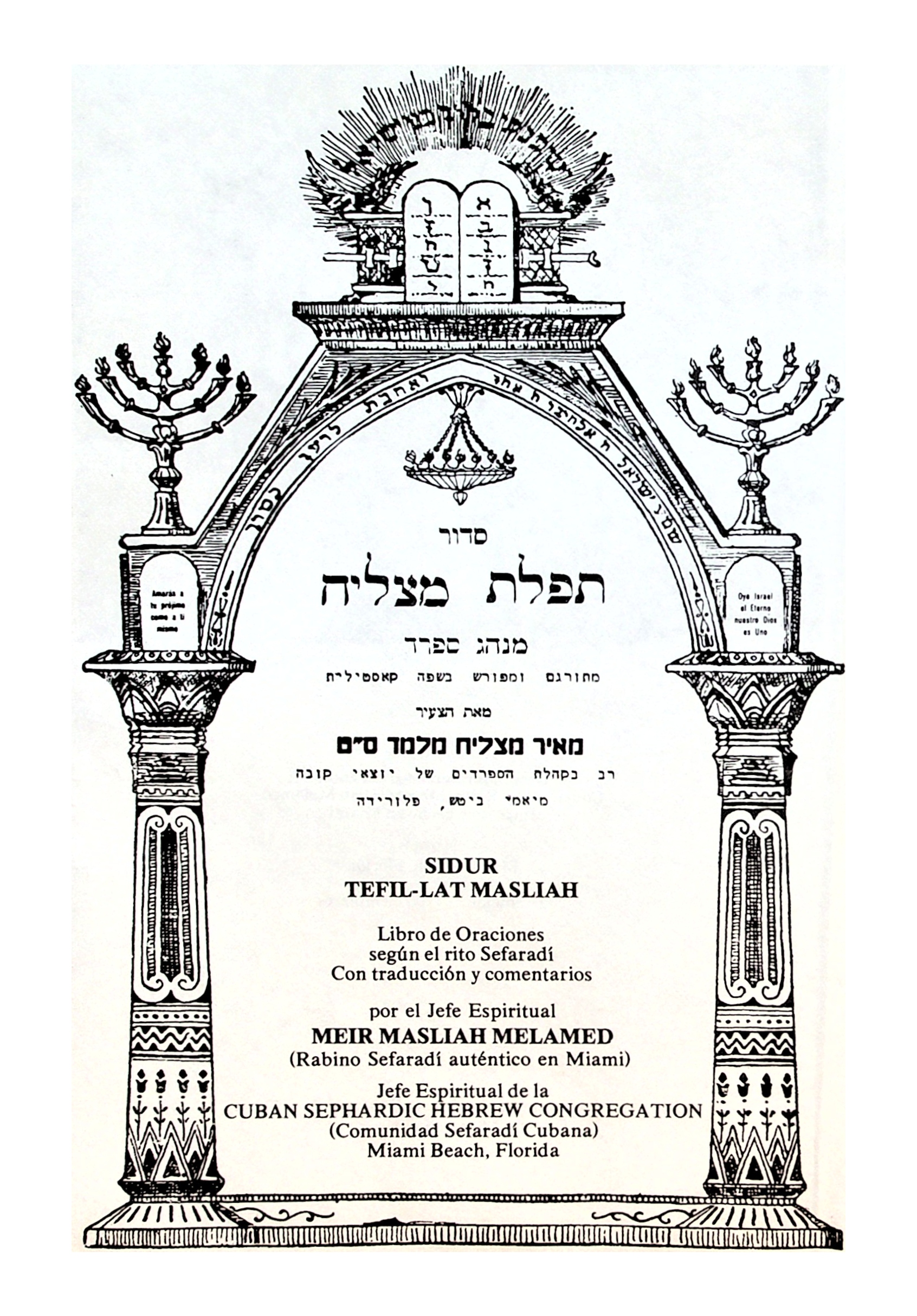
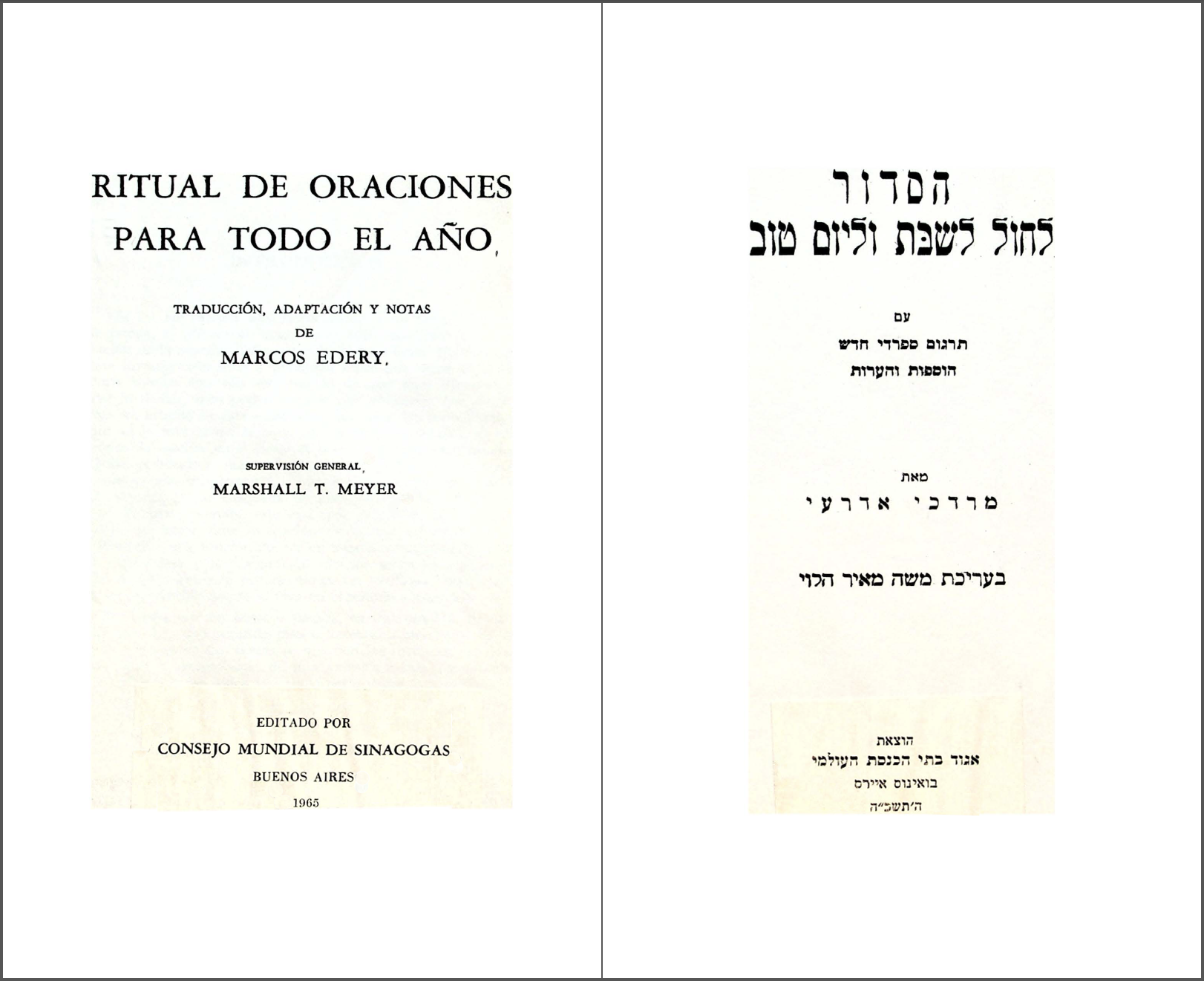
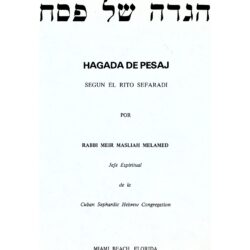
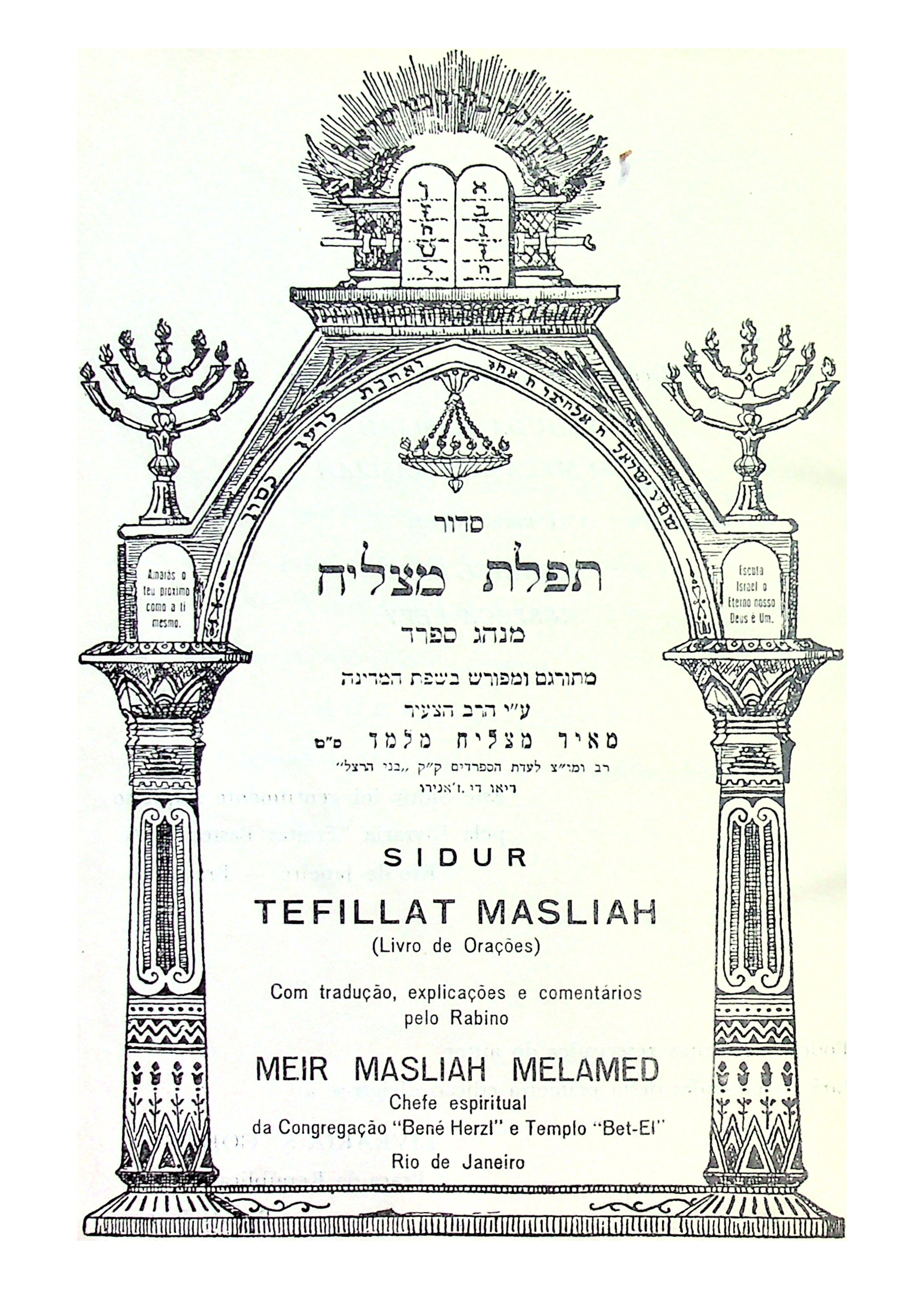
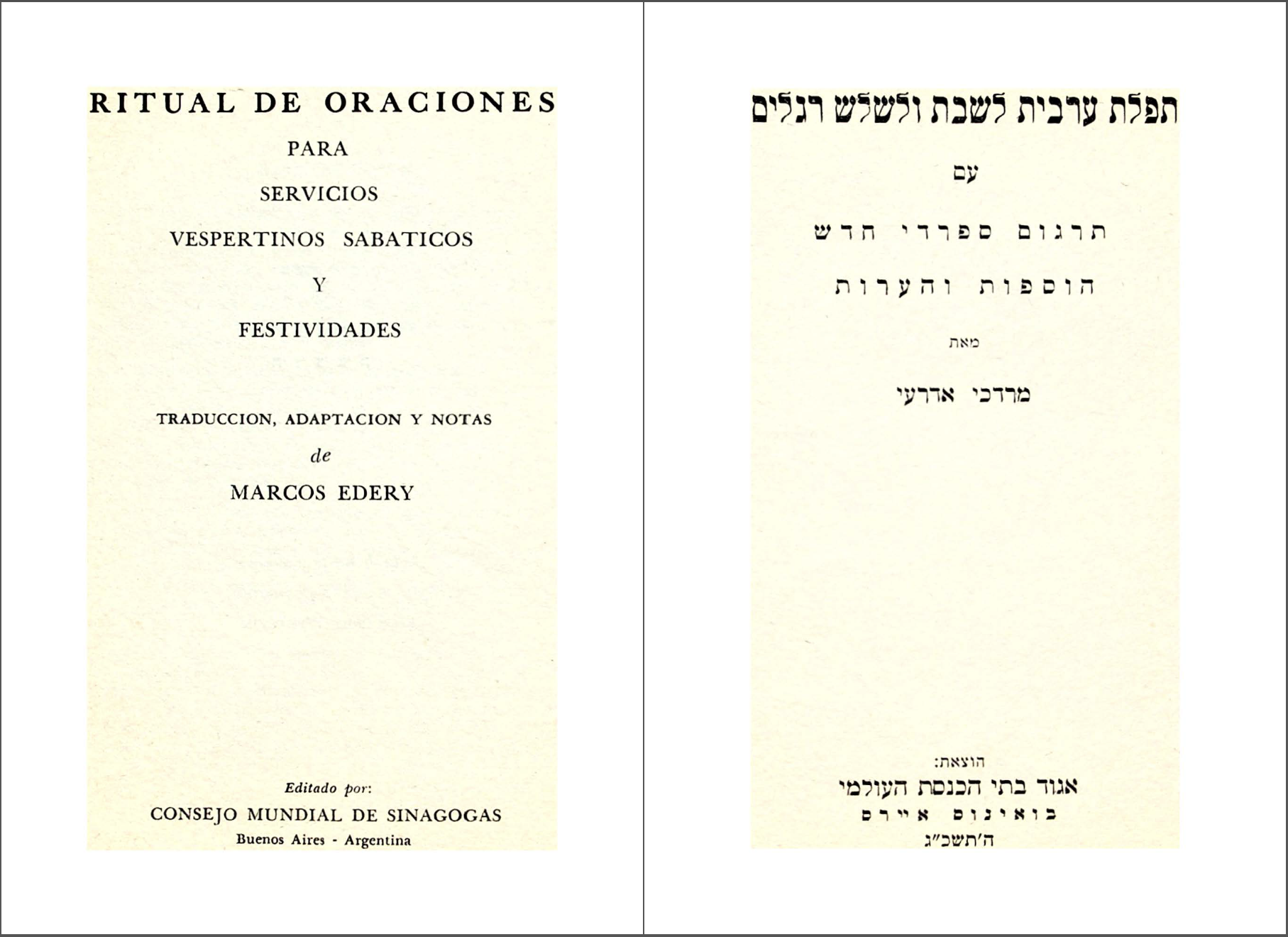
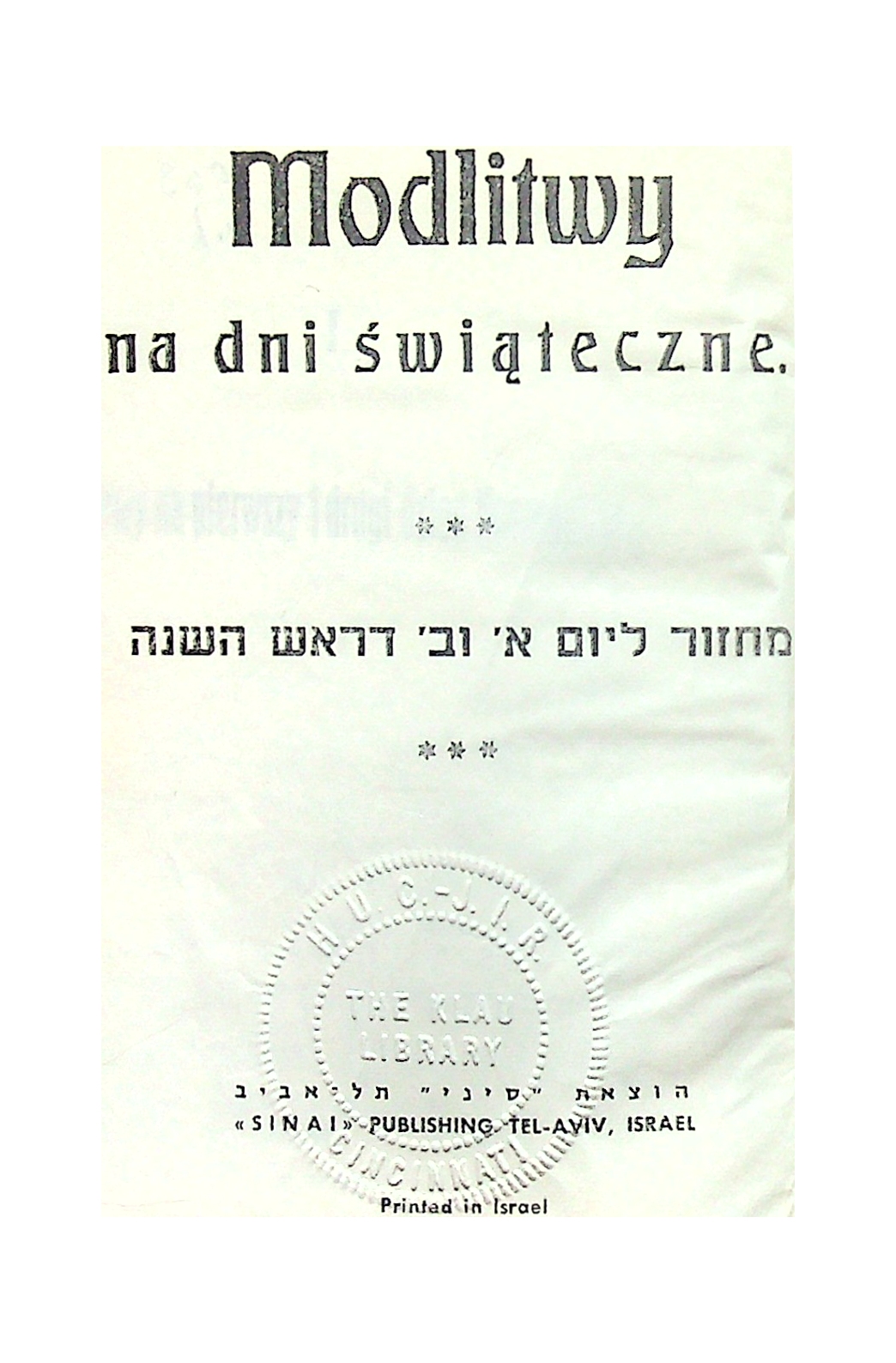


Leave a Reply